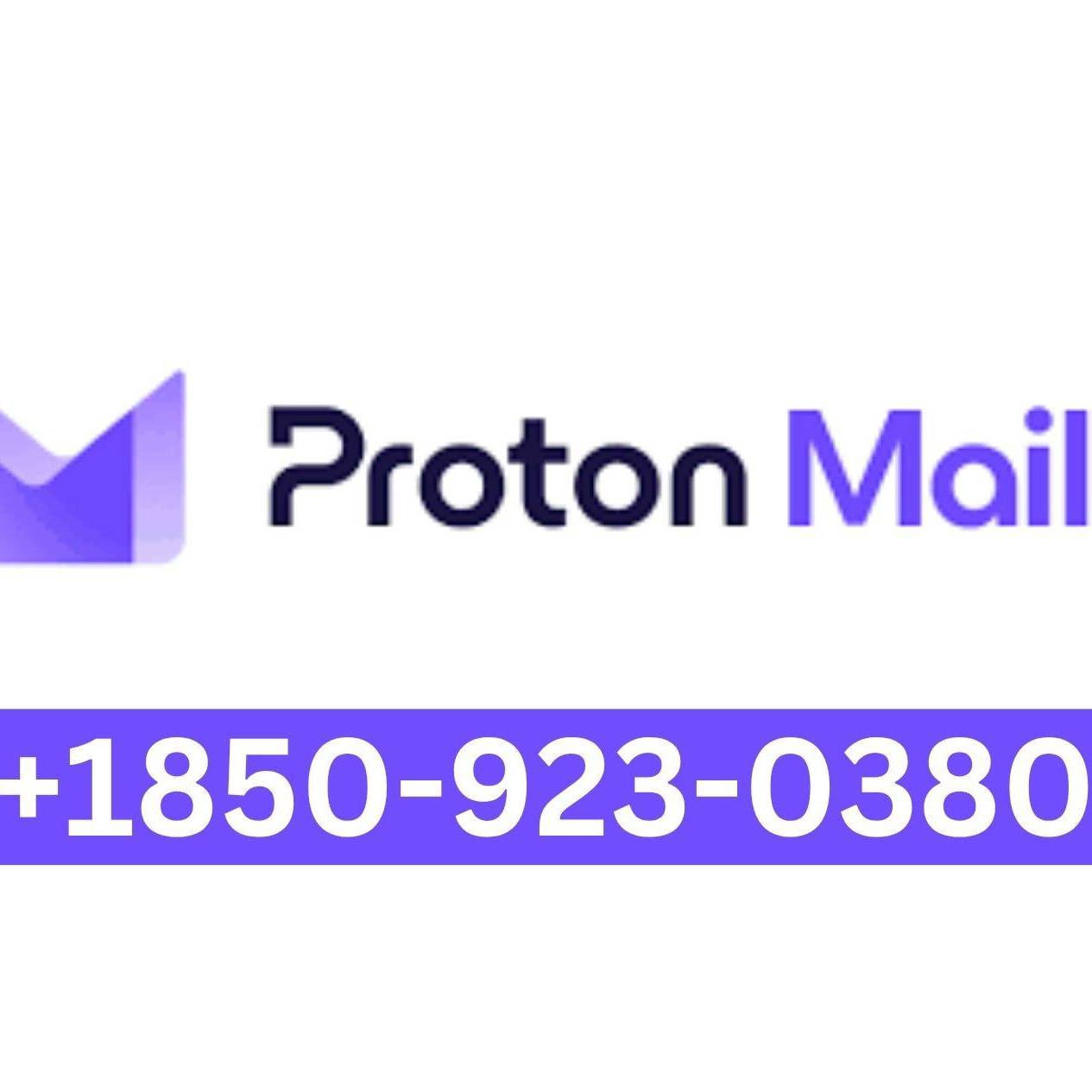Market Overview
The master alloy market has witnessed consistent growth over the past decade, fueled by advancements in metallurgy and an upsurge in the usage of light-weight, high-performance materials. A master alloy is a base metal alloyed with one or more elements to create a medium for easier addition of these elements into molten metals during casting or processing. These materials serve essential functions, such as grain refinement, hardening, deoxidation, and control of mechanical properties.
Typically produced through melting and solidification processes, master alloys are widely used with aluminum, copper, nickel, and titanium base metals. With increasing investments in aerospace, automotive lightweighting, and energy infrastructure projects, the need for specialized alloys is expanding at an unprecedented pace.
According to the research report published by Polaris Market Research, the Global Master Alloy Market Size Is Expected To Reach USD 657.6 Million By 2028., at a CAGR of 5.5% during the forecast period.
Key Market Growth Drivers
Several primary factors are propelling the expansion of the global master alloy market:
1. Rising Demand for Lightweight Materials in Transportation
The global shift towards sustainability and fuel efficiency has driven the need for lighter, stronger materials in automotive and aerospace sectors. Master alloys such as aluminum-titanium-boron or aluminum-strontium are crucial for refining grain structures and improving castability. This significantly enhances strength-to-weight ratios, improving performance while reducing emissions.
2. Technological Advancements in Metallurgy
Continuous improvements in metallurgical techniques, such as vacuum induction melting, powder metallurgy, and additive manufacturing, are increasing the efficiency and customization capabilities of master alloys. Enhanced precision in alloying allows manufacturers to meet specific application requirements in sectors such as electronics, defense, and energy storage.
3. Growth of the Aerospace and Defense Sector
Master alloys are extensively used in the production of high-strength, heat-resistant components for aircraft engines, structural parts, and missile systems. The sector’s demand for advanced materials with excellent mechanical and thermal properties has led to a surge in alloy development.
4. Expanding Renewable Energy Infrastructure
The global energy transition toward renewable sources such as wind and solar requires durable components capable of withstanding harsh environments. Master alloys enhance the strength and corrosion resistance of these components, playing a pivotal role in sustainable energy solutions.
Market Challenges
Despite strong growth prospects, the master alloy market faces several challenges that could impede its trajectory:
1. Fluctuating Raw Material Prices
Master alloys rely heavily on metals such as aluminum, titanium, and rare earth elements. Volatility in the global metal supply chain—often due to geopolitical tensions or regulatory constraints—can lead to significant cost fluctuations, impacting profitability and operational stability.
2. Environmental Regulations
Stringent environmental and safety regulations in metal refining and alloy production processes can restrict operations, especially in regions with tight emissions norms. Compliance with these regulations often demands capital-intensive investments in cleaner technologies and waste management systems.
3. High R&D Costs
Developing customized master alloys for specific applications requires substantial investment in research and development. Smaller firms may struggle with the financial burden, limiting innovation and market entry for new players.
4. Technological Obsolescence
As industries increasingly adopt next-generation materials such as carbon composites or ceramic matrix composites, traditional metal-based solutions might face obsolescence. Continuous innovation is essential to ensure the long-term relevance of master alloys.
Browse more:https://www.polarismarketresearch.com/industry-analysis/master-alloy-market
Regional Analysis
The master alloy market demonstrates diverse regional dynamics based on industrial maturity, infrastructure development, and metallurgical expertise.
North America
North America remains a dominant region in the master alloy market due to its advanced aerospace, automotive, and defense sectors. Strong industrial infrastructure and R&D capabilities support continuous innovation and high-volume production. Demand for aluminum-based master alloys is particularly robust in the U.S., driven by government investments in defense and renewable energy.
Europe
Europe holds a significant share of the global market, supported by its focus on sustainability and emission reduction. Countries like Germany, France, and the United Kingdom are spearheading the use of lightweight materials in automotive and aerospace manufacturing. Additionally, stringent EU regulations are fostering the adoption of high-quality, low-emission metallurgical solutions, spurring growth in environmentally optimized master alloys.
Asia-Pacific
The Asia-Pacific region is expected to witness the fastest growth rate during the forecast period. Rapid industrialization, expanding automotive production, and growing aerospace capabilities in countries like China, Japan, South Korea, and India are creating a strong demand base. Additionally, the region benefits from abundant raw material reserves and relatively low production costs.
Middle East & Africa
Although currently a smaller market, the Middle East & Africa is gradually emerging as a strategic growth area due to ongoing infrastructure developments, oil and gas exploration, and energy diversification programs. Investments in defense and construction sectors will likely stimulate demand for specialty alloys.
Latin America
Latin America is projected to grow steadily, driven by the mining sector, increasing exports of aluminum and copper, and improvements in manufacturing capabilities in countries such as Brazil and Mexico.
Key Companies in the Market
The global master alloy market is moderately consolidated, with a combination of large multinational corporations and niche regional producers. These companies are heavily invested in R&D to develop customized alloys catering to specialized applications across various sectors.
Leading manufacturers are focused on strategies such as:
- Expanding production capacity in proximity to key end-use markets.
- Developing eco-friendly and low-carbon alloy compositions.
- Forming strategic partnerships with OEMs in aerospace, automotive, and electronics.
- Utilizing advanced manufacturing technologies for improved alloy quality.
Innovation remains the cornerstone of competition, as companies seek to meet the increasingly specific demands of high-tech industries.
Conclusion
The master alloy market is experiencing a pivotal phase of growth, bolstered by dynamic industrial trends, technological advancements, and increasing demand for high-performance materials. With wide-ranging applications across transportation, energy, electronics, and defense, master alloys are positioned as essential enablers of innovation and efficiency in modern manufacturing.
However, the market must navigate challenges such as environmental compliance, raw material price volatility, and the rise of alternative materials. Strategic investment in research, sustainability, and regional expansion will be crucial in maintaining momentum.
As the world moves toward a more connected, lightweight, and energy-efficient future, the importance of advanced metallurgy—and by extension, the master alloy market—cannot be overstated.
More Trending Latest Reports By Polaris Market Research:
Middle East Printing Inks Market
Automotive Adhesive And Sealants Market
Plastic Waste Management Market
Middle East Finished Lubricants Market
U.S. Steel Merchant and Rebar Market
North America Crop Protection Chemicals Market







